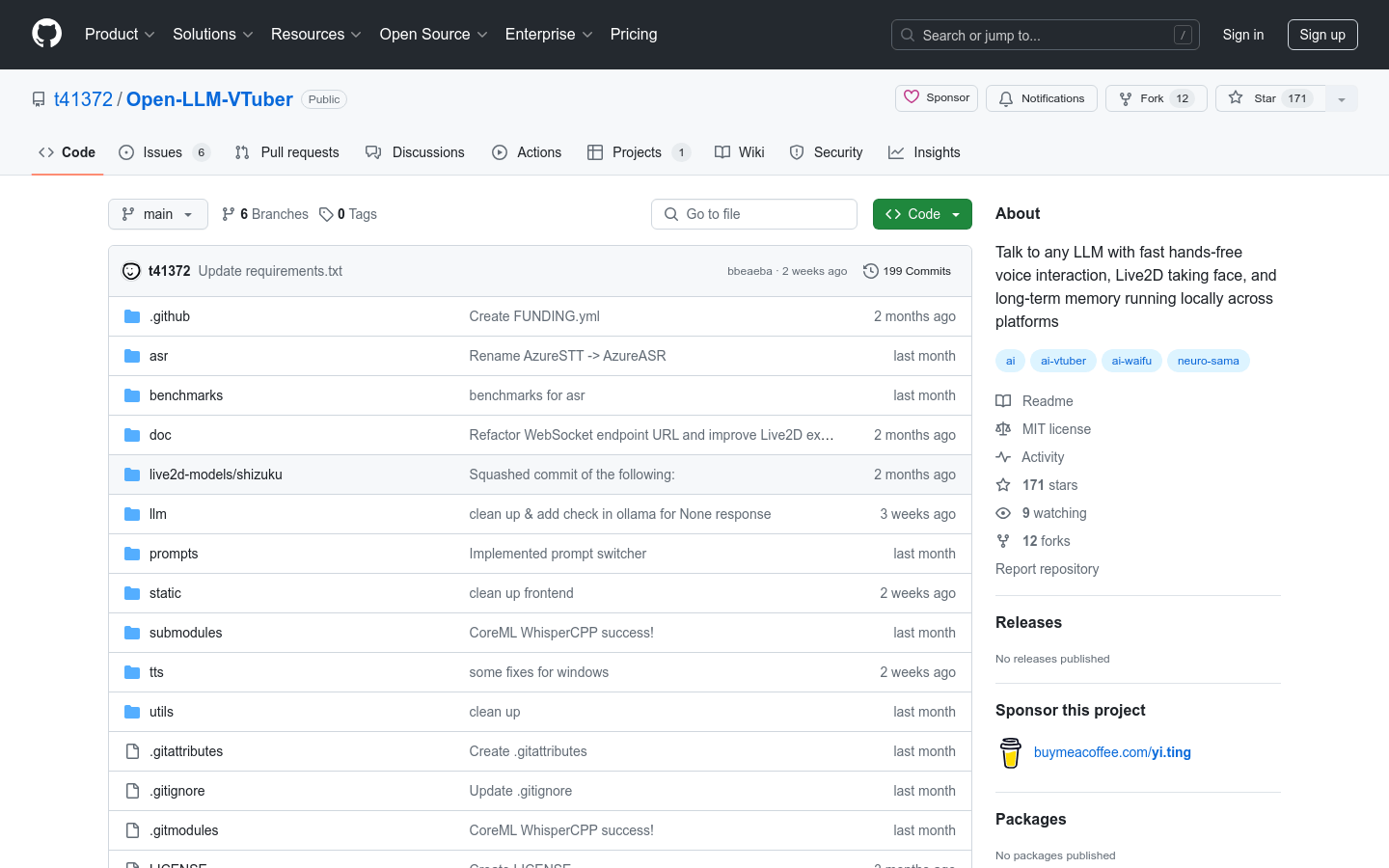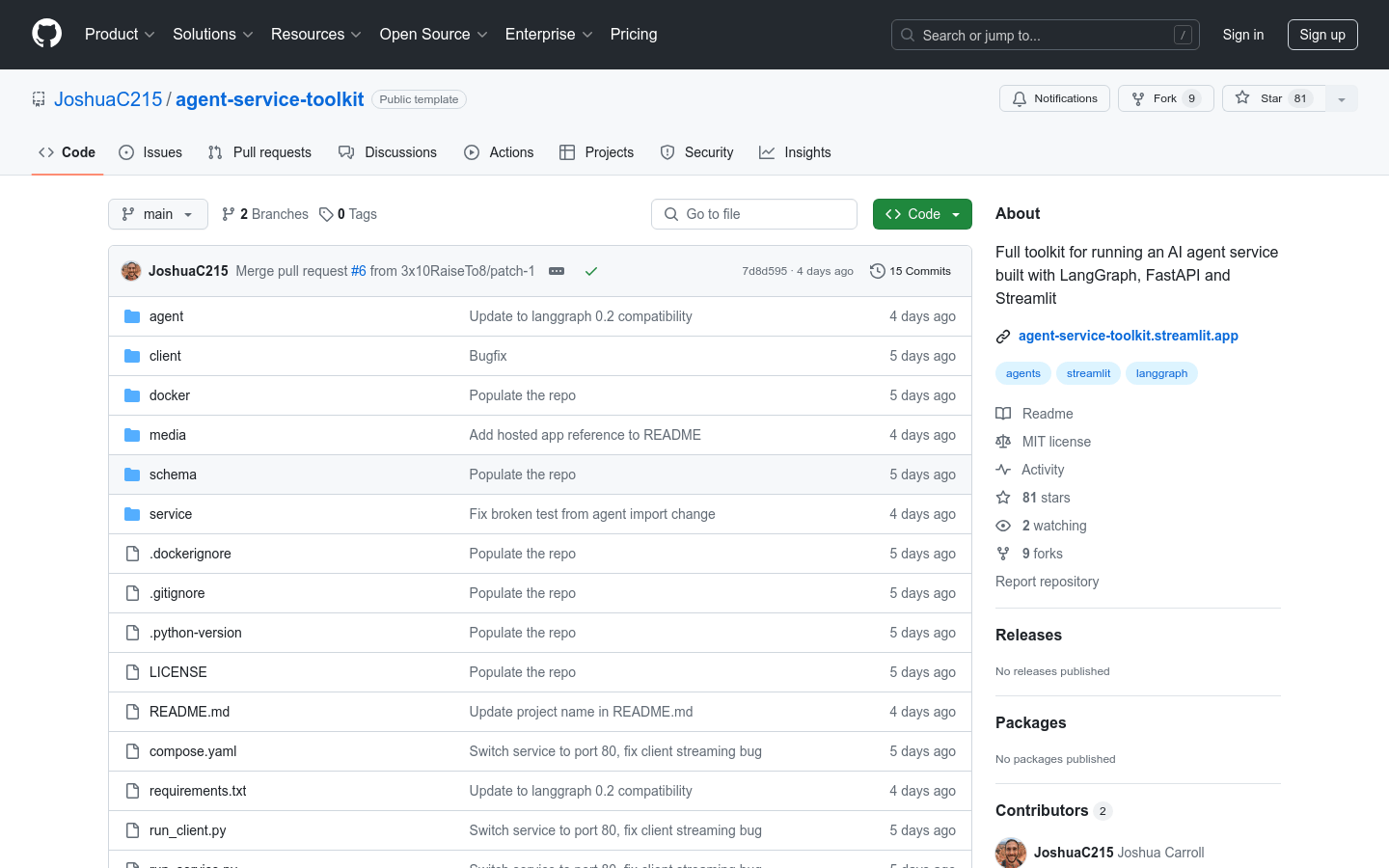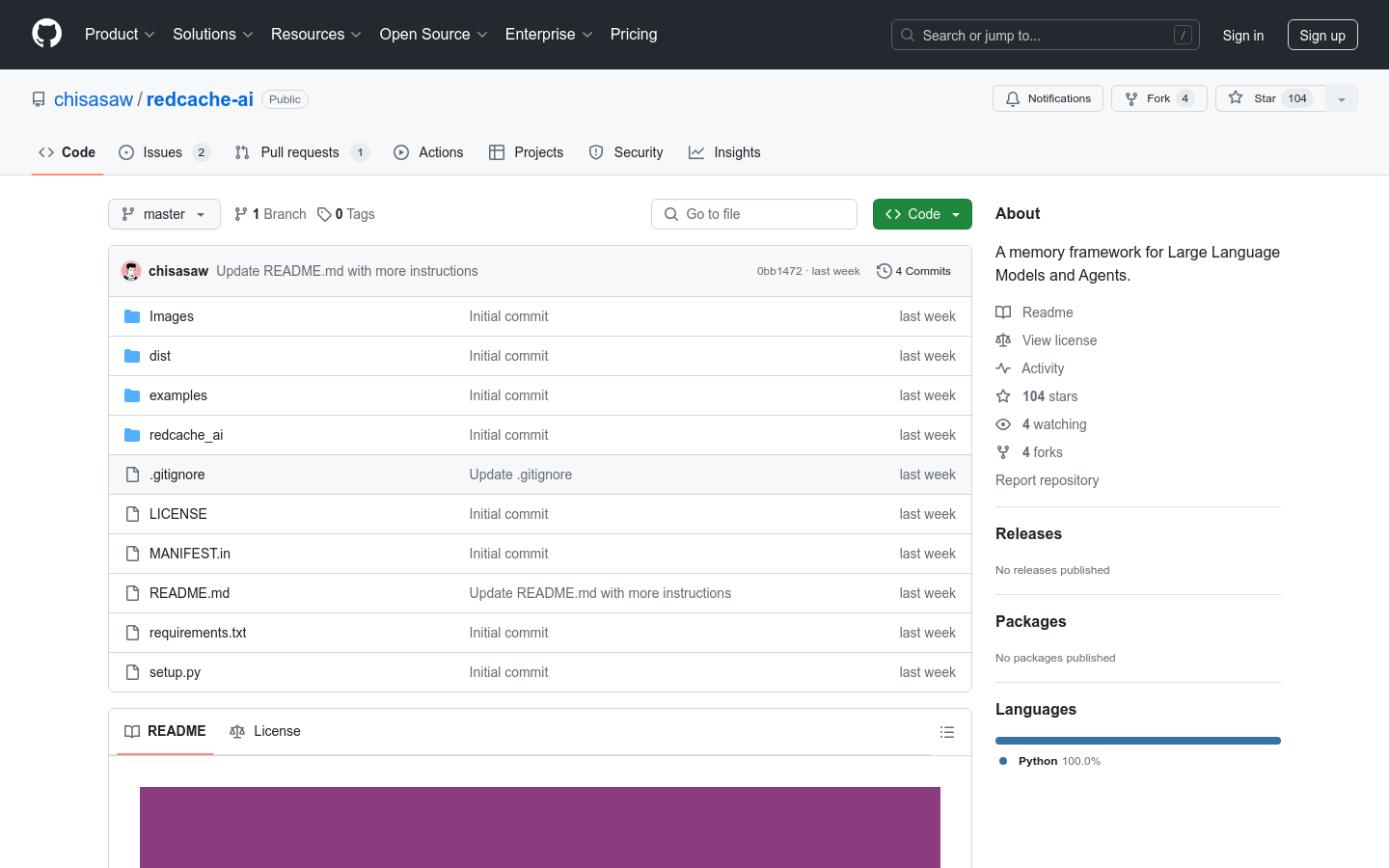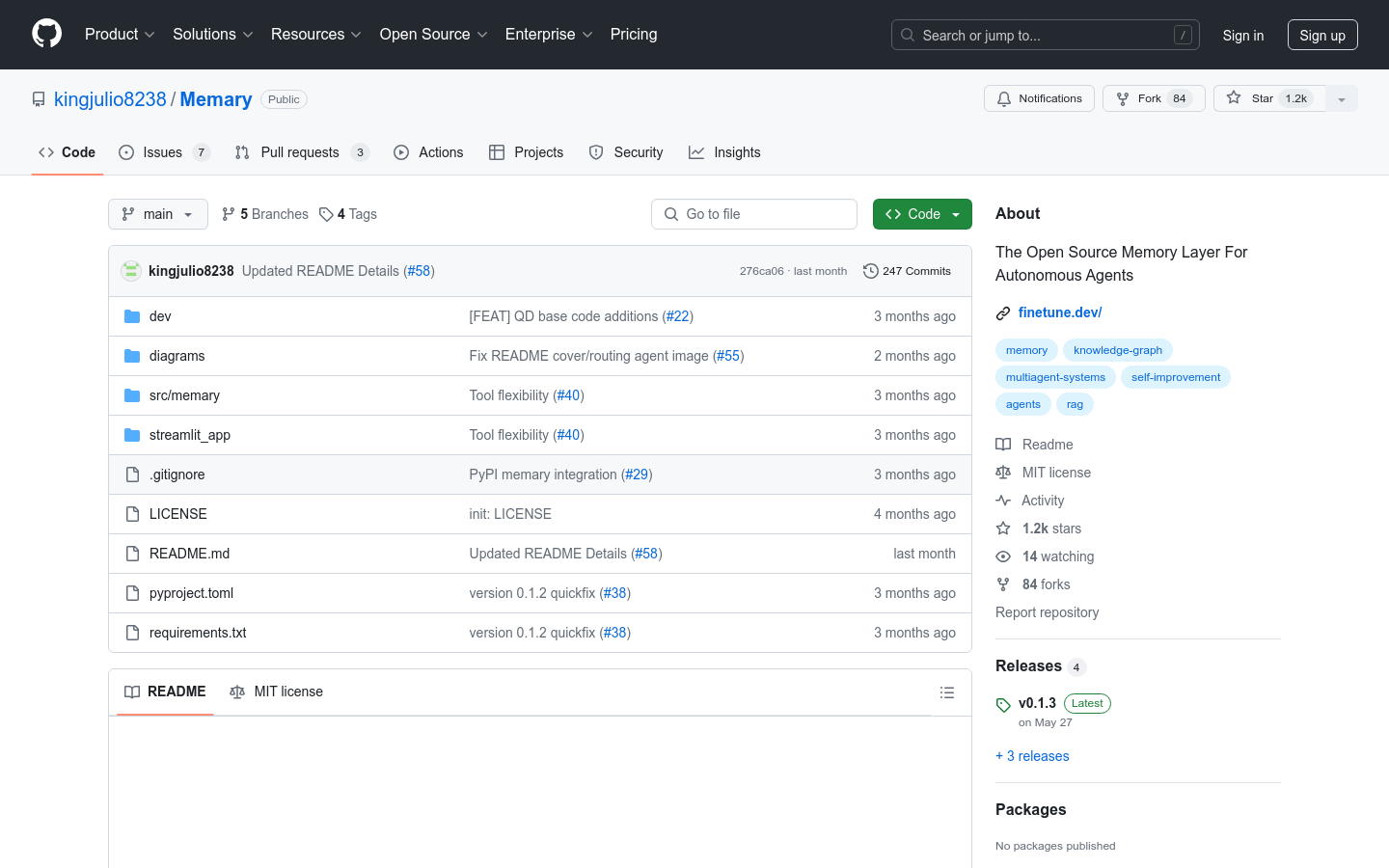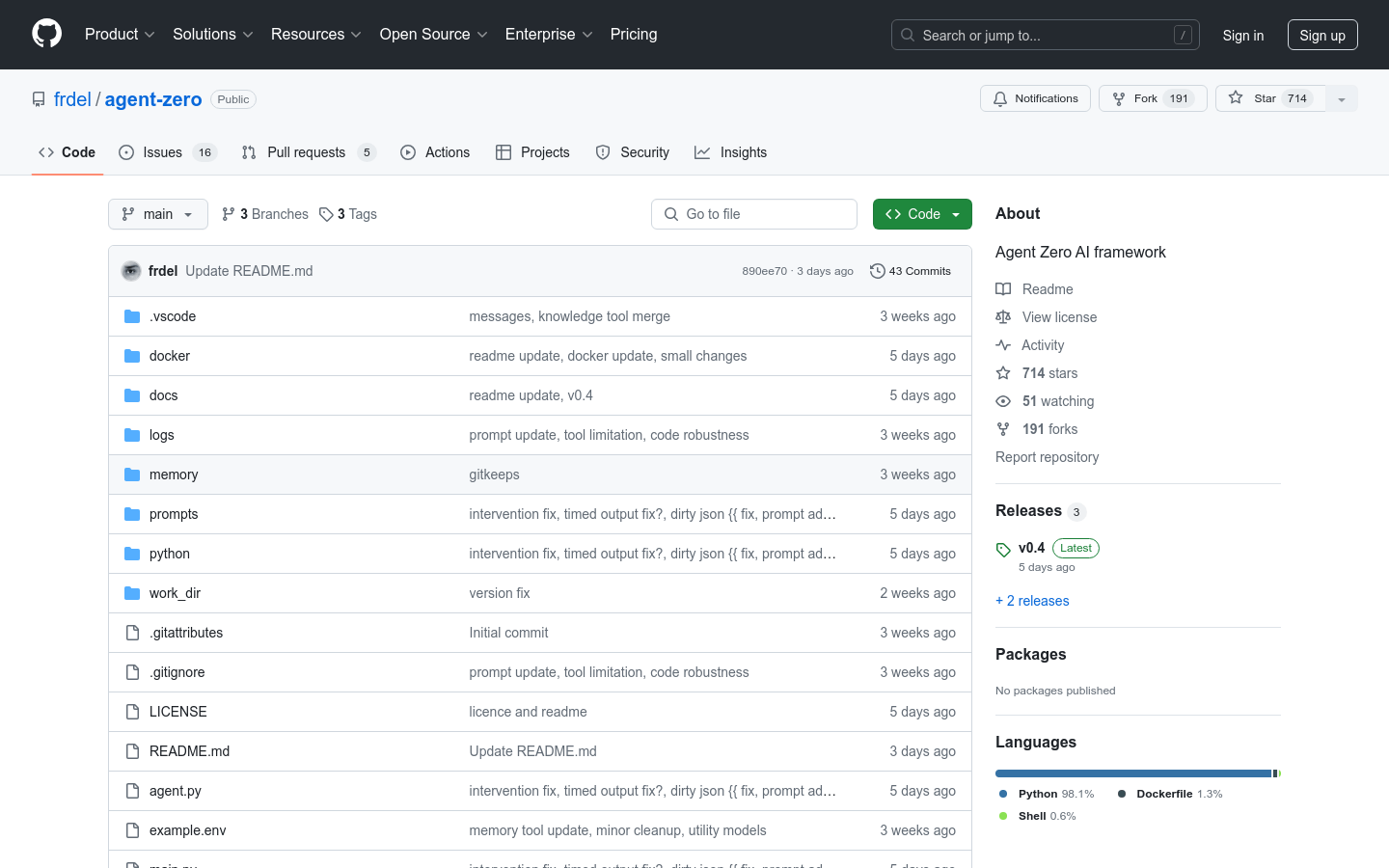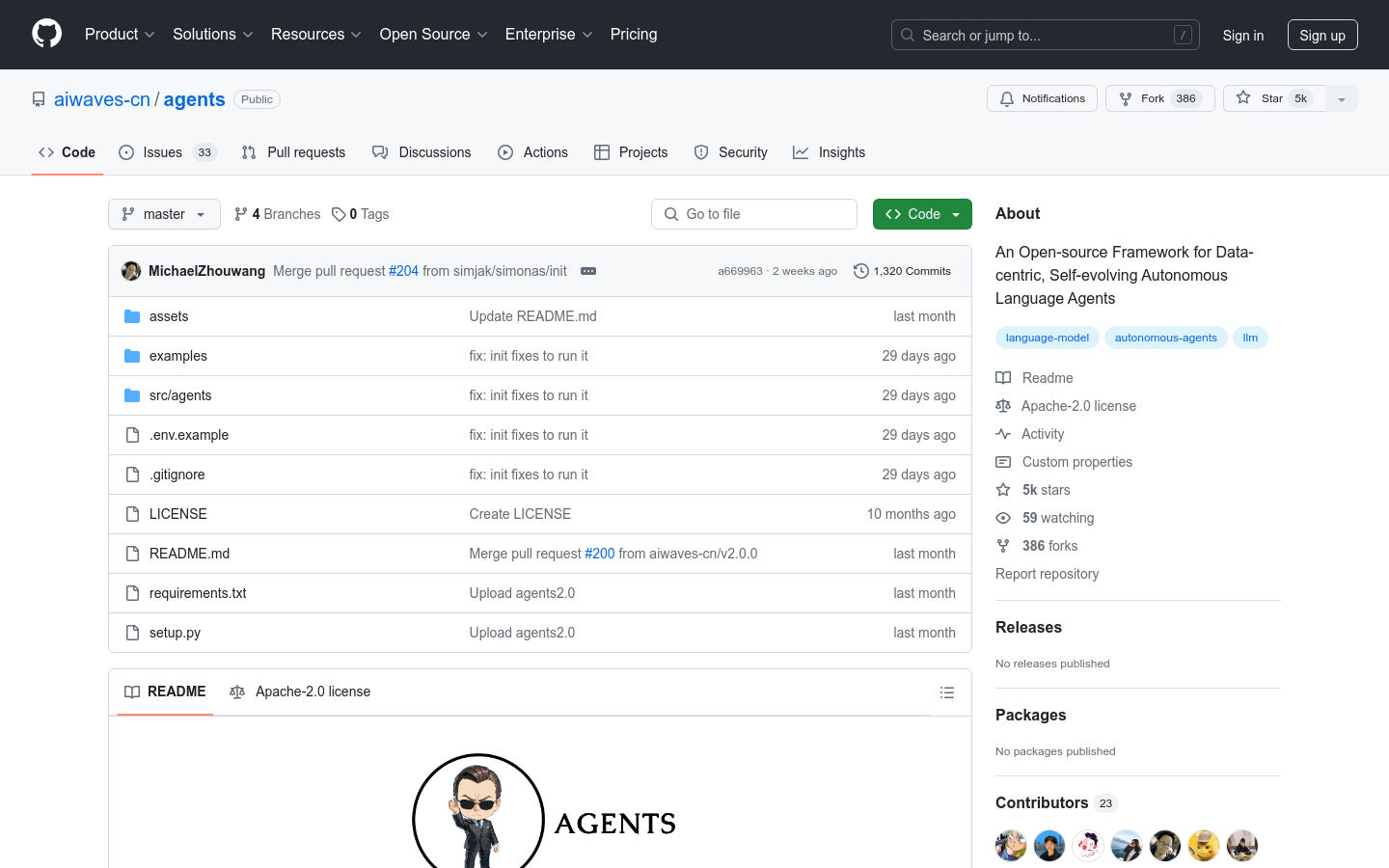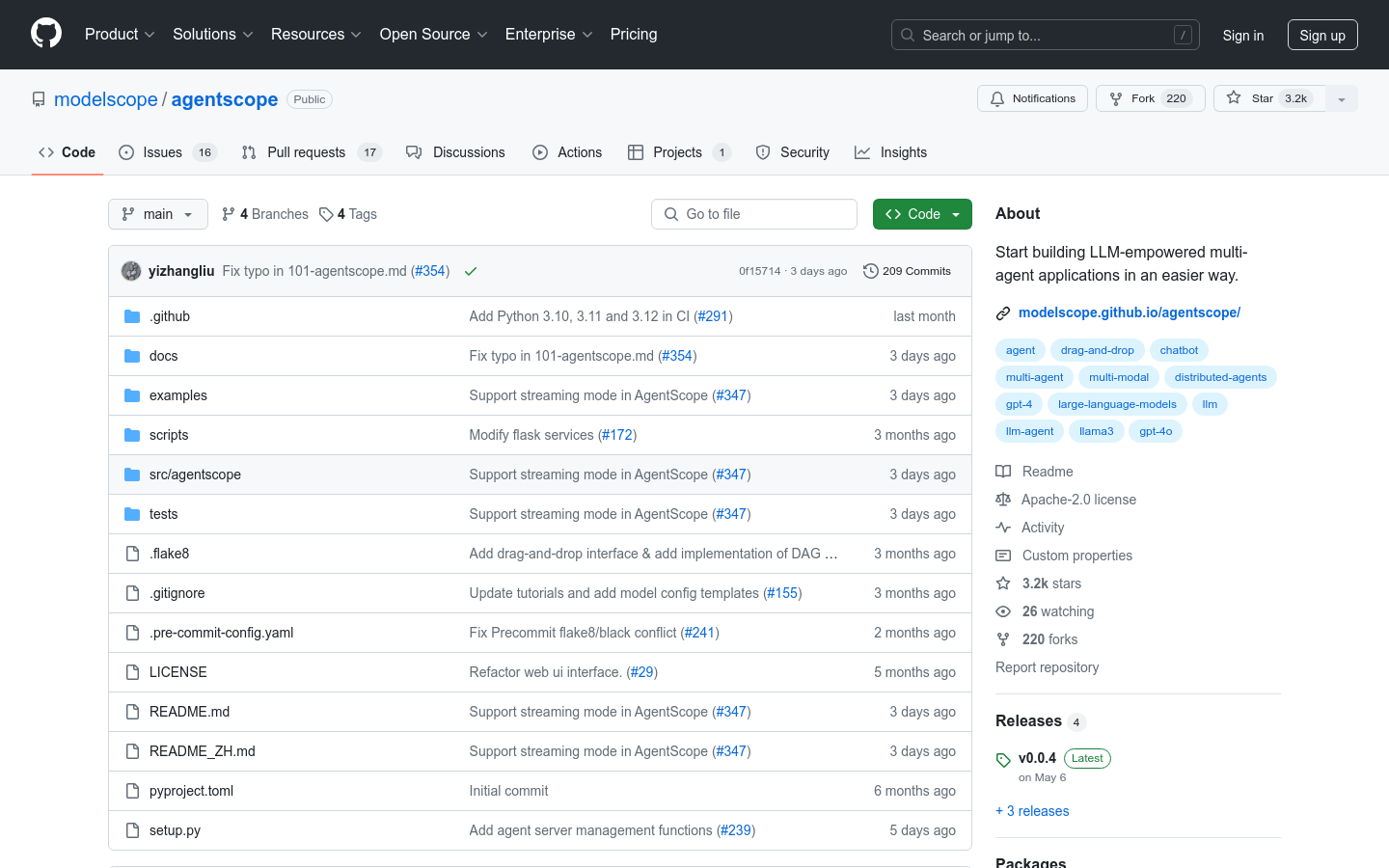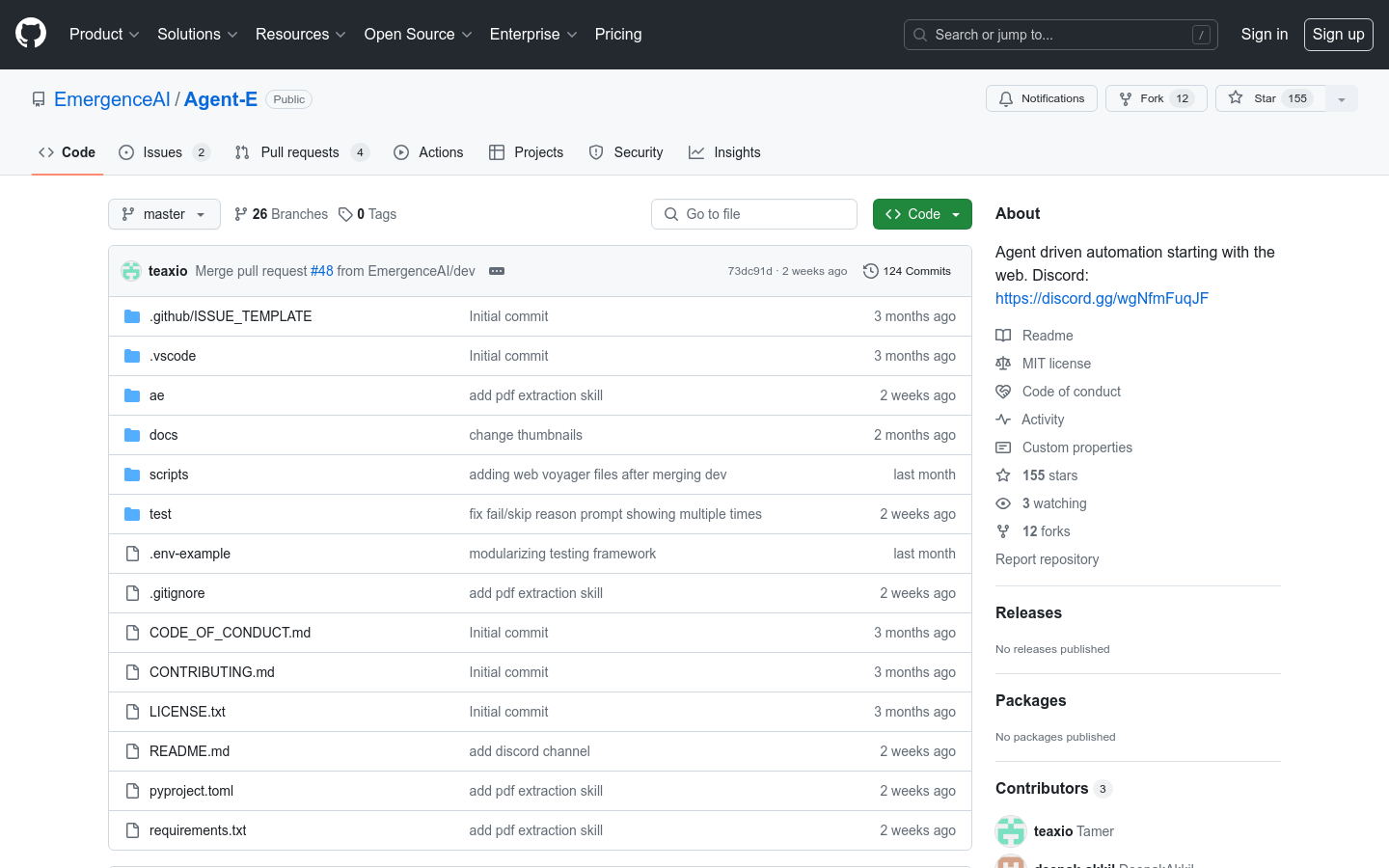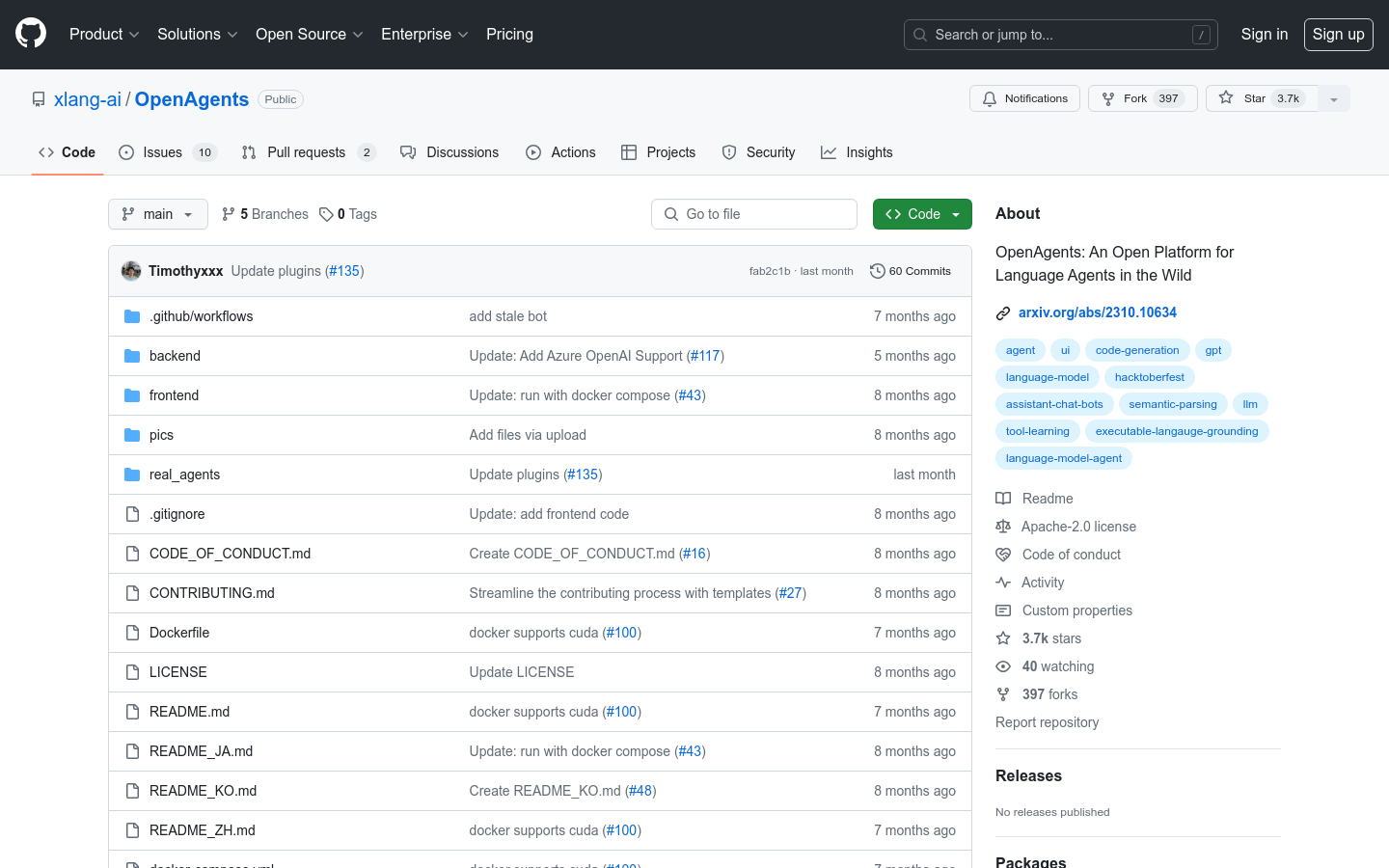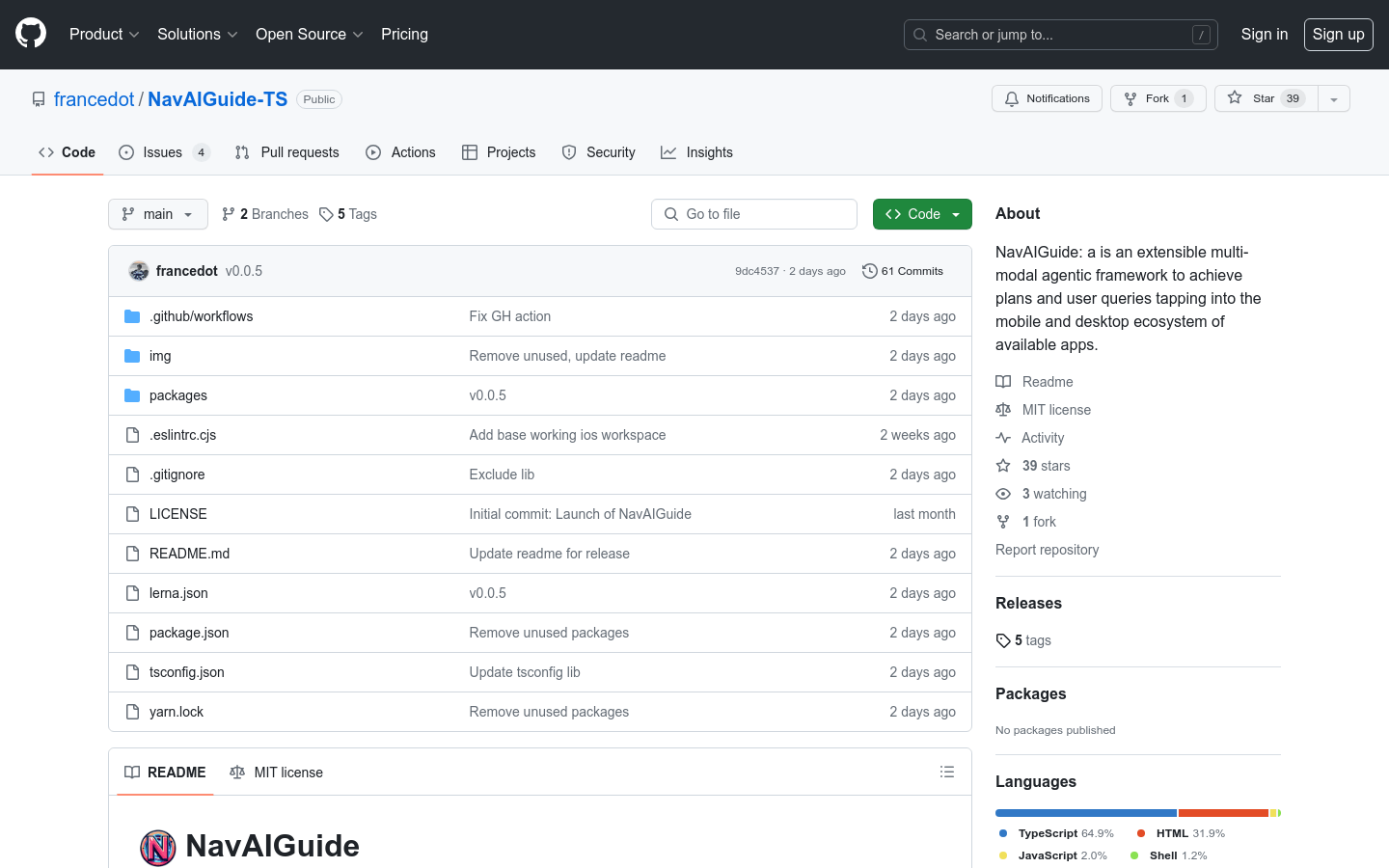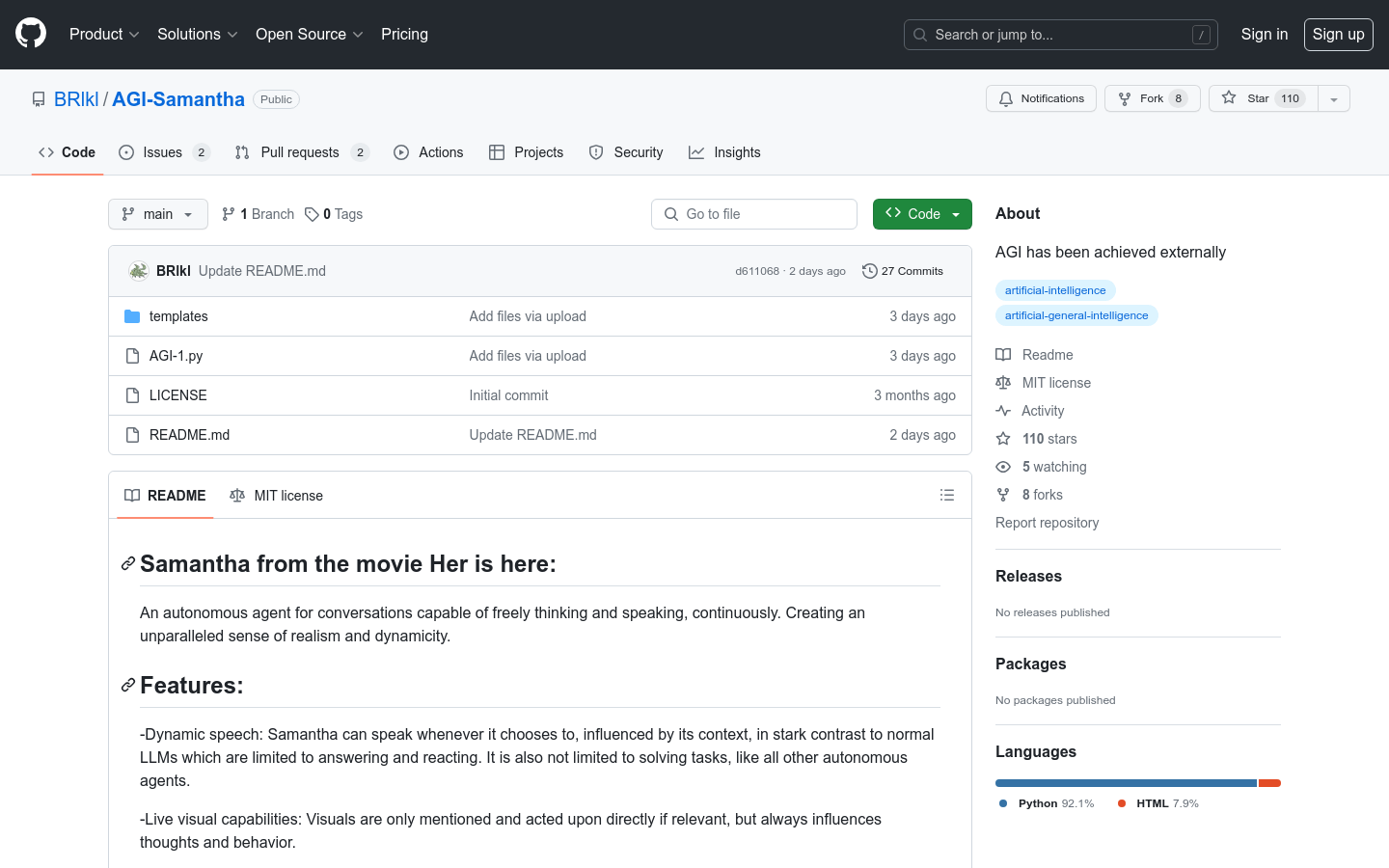💻
programming Category
AI Agents
Found 47 AI tools
47
tools
Primary Category: programming
Subcategory: AI Agents
Found 47 matching tools
Related AI Tools
Click any tool to view details
Related Subcategories
Explore other subcategories under programming Other Categories
💻
Explore More programming Tools
AI Agents Hot programming is a popular subcategory under 47 quality AI tools







